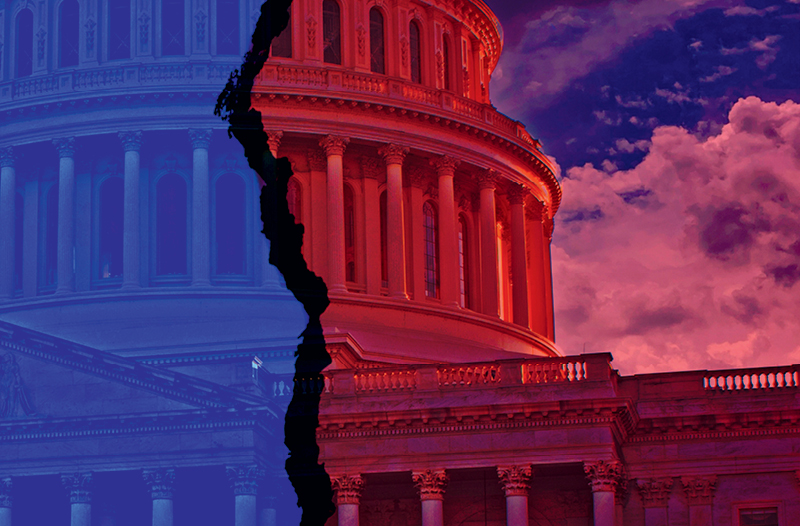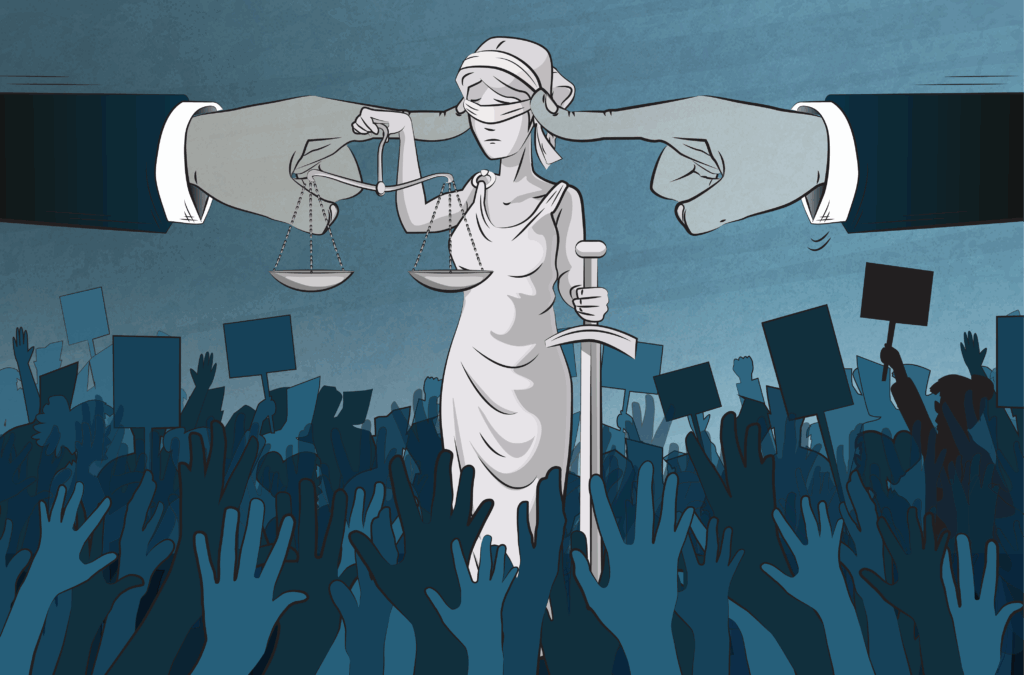
The Rules of Reconciliation

Every year, after the extended and combative process of passing a federal budget, Congress can move on to debt reconciliation.
This is where lawmakers can change existing laws to meet their budgetary goals or to enact major proposals without needing bipartisan buy-in.
Without reconciliation, Congress would not have passed the Affordable Care Act in 2010, the 2017 Tax Cuts and Jobs Act, or the Inflation Reduction Act of 2022.
This approach, though, is younger than you might think.
Prior to passage of the Congressional Budget and Impoundment Control Act of 1974, Congress was not required to present its own budget. That left Capitol Hill with little oversight as the executive branch managed the yearly spending plan.
But the Constitution gives Congress the power of the purse, and with passage of the Budget Control Act, it took back its power—formalizing a new budget process with a much greater role for the House and Senate, establishing the Congressional Budget Office (CBO) to provide nonpartisan analysis and cost estimates of proposals, and creating procedures to develop and enforce the federal budget.
Since 1974, the president sends a budget proposal to Congress covering requests for all executive branch agencies. The House and Senate review and produce their own proposals, establishing a blueprint for federal spending and revenues for the fiscal year. After the House and Senate have passed their respective budget proposals, they form a conference committee that works to reconcile the differences and produce a unified budget resolution. This joint resolution gives guidelines for all of the congressional committees to allocate spending, but it does not require presidential signature. (The next federal fiscal year begins on Oct. 1, but as of this writing there is no approved budget.)
Included in the final budget are reconciliation instructions that direct specific congressional committees to ensure their bills align with the fiscal targets outlined by the budget. These instructions (or rules) aim to ensure that reconciliation bills focus on fiscal issues and streamline the legislative process, particularly in the Senate.
While reconciliation is typically used once a year, multiple reconciliation bills can be considered in a single congressional session if necessary.
Each chamber of Congress has its own rules for debate and voting on reconciliation bills. Like any other bill to be considered in the lower chamber, the House Rules Committee sets how much time will be allotted for debate and if any amendments will be considered. Only a simple majority vote of 218 is needed to pass.




